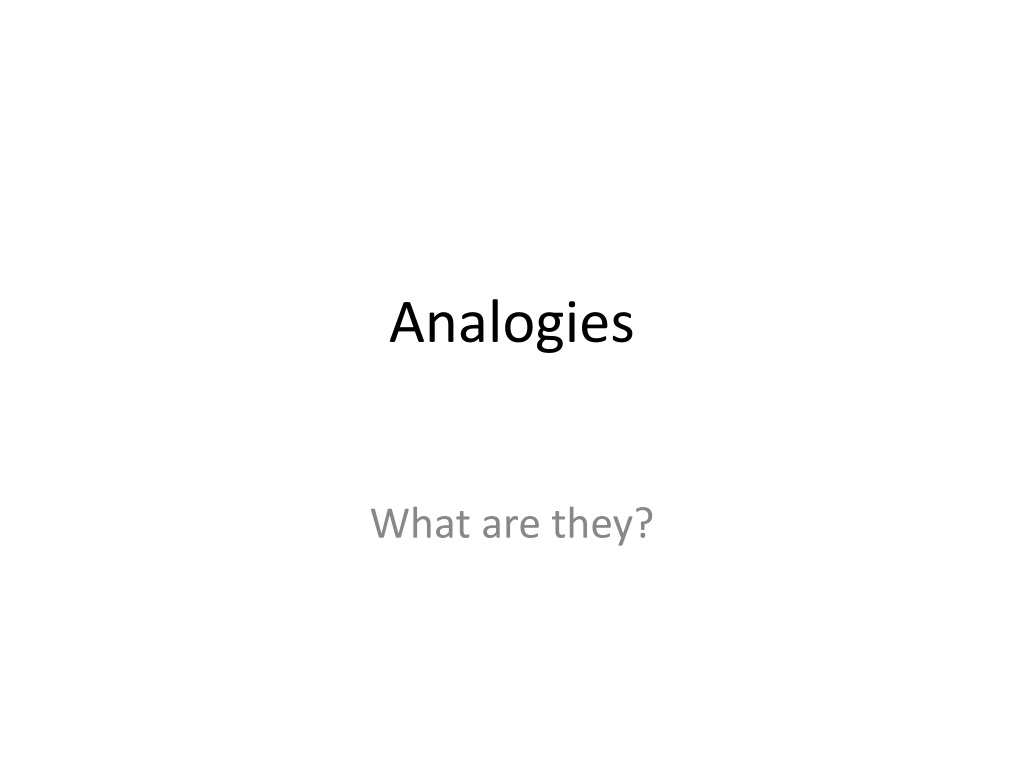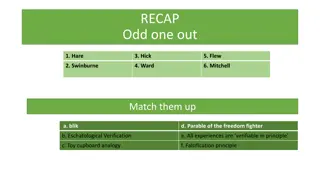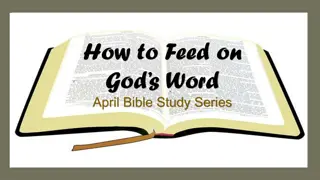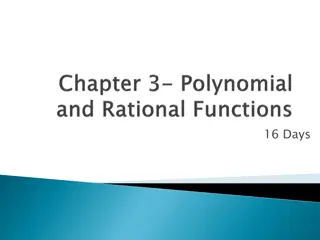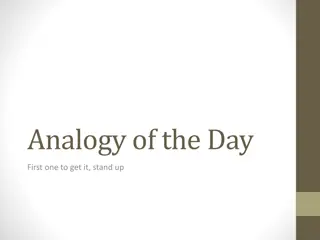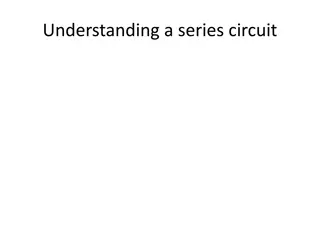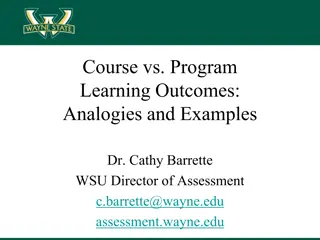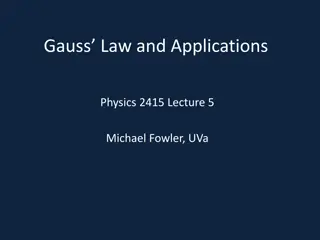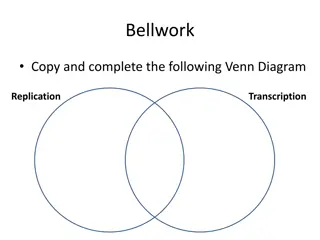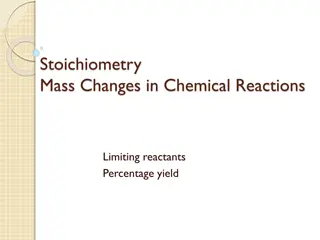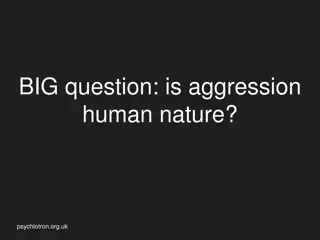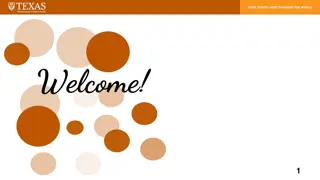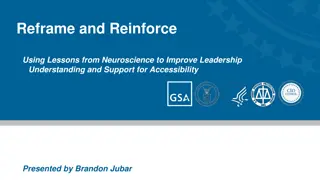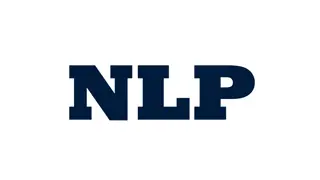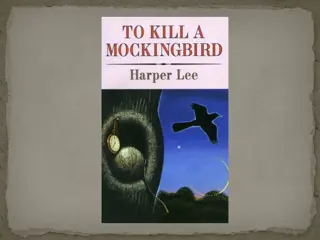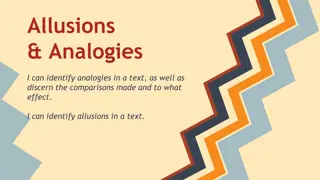Understanding Analogies: A Comprehensive Guide
Analogies are comparisons that show the relationships between pairs of words. They are structured as A:B
- C:D
- where the relationship between A and B is the same as the relationship between C and D. By creating sentences that describe the relationships between words
- you can effectively solve analogy questions. This article provides examples and tips on how to approach and master analogies.
Download Presentation

Please find below an Image/Link to download the presentation.
The content on the website is provided AS IS for your information and personal use only. It may not be sold, licensed, or shared on other websites without obtaining consent from the author. Download presentation by click this link. If you encounter any issues during the download, it is possible that the publisher has removed the file from their server.
E N D
Presentation Transcript
Analogies What are they?
An Analogy shows the relationship between a pair of words. An analogy is set up like this: A:B::C:D The relationship between A and B is the same as the relationship between C and D. For Example: calf : cow :: chick: hen (a calf is a baby cow and a chick is a baby hen)
A trick to solving an Analogy is to create a sentence that states the relationship between the first pair of words. Example: Wealthy : poor:: selfish : _______________________ A. rich B. greedy C. generous D. needy If a person is wealthy, he is not poor. Use the same sentence for the second part of the analogy. If a person is selfish, he is not ___________. C is the answer. If a person is selfish, he is not generous.
Sometimes only one word in an analogy is missing and you must choose the missing word. shatter : break:: mend : ___________. A. repair B. drop C. place D. broken Remember to think of a sentence to help you find the relationship between the words. If you shatter something you break it. If you mend something you _________ it.
On some tests a pair of words in an analogy is missing. Steal : take :: A. cheat: robber B. beg: donate C. give: supply D. reject: accept You would still write or think of a sentence for the pair of words that are given to find the pair of words that are missing. If you steal something you take it. If you give something you supply it. The answer would be C.
Be sure to create a sentence to use the words in the order they are given. Don t pick the one that seems right. Read all of your choices. The words that make up the two pairs of words in an analogy should be matching parts of speech. Example: King: wealthy:: peasant: A. queen B. poverty C. rich D. poor Wealthy is an adjective so your answer should also be an adjective. Poor is an adjective so that will be you re answer.
Think of a sentence to describe the relationship between the pairs of words in these analogies. wallet : money :: bookbag: books A wallet is used to carry money. A bookbag is used to carry books.
Example: coat : clothing :: pizza: food A coat is a type of clothing. Pizza is a type of food. Example: pen : write :: scissors: cut I use a pen to write. I use scissors to cut.
Try it when a pair of words are missing? Lead is to follow :: A. show: guide B. walk: go C. school: teach D. give: take If I lead I do not follow. If I give I do not take.
Dont get stuck on looking for just one kind of relationship. Analogies can be: Synonyms- words with the same meaning Example: crabby : cranky :: boring : dull Antonyms- opposites Example: afraid: brave:: kind : cruel Cause and Effect: A cause make something happen Example: raindrops: flood :: snowflakes :blizzard Whole to part identify a whole and than a part of it Example: duck: feathers:: rabbit: fur
Purpose an item and its purpose. Example: broom: sweep:: saddle: ride Action to Object an item used to do something. Example: write: pencil :: dry: towel Place to Place: the relationship between two places. Example: Phoenix : Arizona :: Des Moines: Iowa
Association: words that are closely related. Example: baseball: homerun :: football: A. pin B. touchdown C. ball D. sport Sequence: things that happen in order Example: toddle : walk :: babble : A. scoot B. crawl C. stumble D. talk
Characteristics- an item and a characteristic of it. Example: comedy: funny :: tragedy: A. play B. stage C. laughter D. sad Degree a comparison of two things Example: Look: stare:: frown: A. scowl B. lips C. wink D. speak
Measurement- time, weight, lbs, etc. Example: year: month:: month: day Worker to tool relates workers to their tools Example: farmer: plow:: blacksmith: anvil Location to Object - a location and something found in that location Example: kitchen: stove :: bedroom: bed Categories: items and the category they belong in Example: Human: mammal: : crow: bird
